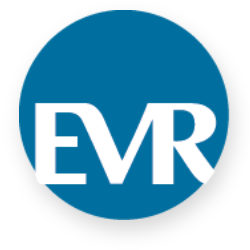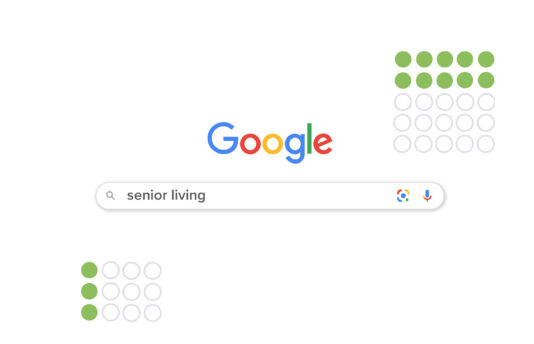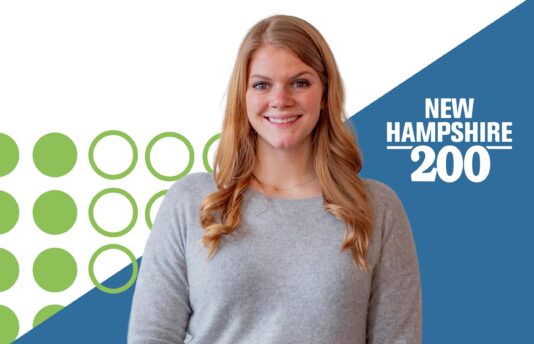When creating marketing campaigns to increase your senior living community’s occupancy rate, is your focus on generating as many leads as possible?
It is for many communities, but that’s only half of the equation. Because it’s not just about generating leads; it’s about generating quality leads.
Did you know 80% of new leads never translate into sales? So why waste time on leads that are less likely to convert?
Conventional wisdom is that conversions are a game of numbers: more leads equals more conversions. But do you want to process 1,000 leads to get ten conversions? Or would you rather process 100 quality leads to get ten conversions?
Quality leads have a much higher intent to buy, so you will have more efficient campaigns if you spend your efforts trying to find the 20% who are more likely to convert.
What’s Needed to Attract Quality Leads?
1. A CRM
A customer relationship management (CRM) system is the first thing you need to effectively collect and score leads. Scoring your prospects and leads allows you to better determine quality and intent. Software sales platforms that specialize in senior living sales, such as Enquire, have embedded CRM functionality. Other well-known CRMs include Salesforce, Agile and HubSpot, but there are many out there to meet every need and budget.
The CRM will help you gather information about prospects, leads and customers from social media, the brand website, customer support and feedback, then store it in a central database where it can be segmented to ensure the right content goes to the right contacts at the right time.
2. Keywords and Ad Copy
When using paid search, you must be specific to generate quality leads. That means choosing keywords that precisely represent your ideal buyer’s queries. Long-tail keywords are ideal because they are more precise, and the more precise the keyword, the higher the consumer intent.
You will also want to stay on top of negative keywords. You can reduce irrelevant and unqualified traffic by regularly adding to a negative keyword list.
You may lose some traffic by using very specific or negative keywords with paid search, but that’s okay; both are good ways to weed out unqualified leads at the start.
3. Landing Pages
When it comes to landing pages, again, specificity is key. Be sure to write copy that addresses the persona of quality leads. Write copy that paints a story: Highlight characteristics the lead is looking for, use a tone that reflects the community’s personality and use imagery to which your leads can relate.
After all, you have about six seconds to snag a reader’s interest from the time they hit the landing page to the time they hit the back button. So, you want to make sure your landing page will catch their attention.
4. Lead Forms
Be thoughtful about creating your lead forms. You want enough information to determine lead quality, but people don’t like to give up their information, so get the most you can out of the fewest fields possible. You want to get the information you need to help your sales and marketing strategies without driving a lead away. So, carefully consider what you absolutely need and pare down the rest.
There is no set number of fields a form should have; you may need to experiment or do A/B tests to find the winning formula for your brand.
5. An Optimized Website
Your website is the hub of all your marketing efforts. If people land on your site and don’t find what they want, they will leave. Likewise, if your site isn’t optimized for search, you won’t come up on search engine results pages, and potential prospects and their adult children won’t find you at all. Optimize your website so no matter where a lead is coming from, they will find content that makes them want to stay. That way, when they do come across a form, if they fill it out, they’re more likely to be an engaged lead.
6. Patience
Maximizing lead quality won’t happen overnight. A learning period is required, and enough data must be gathered to be statistically significant and inform meaningful conclusions.
7. Attention
Customers can change, as can trends, so it is important to continually evaluate data to ensure you are providing content that will draw the most qualified leads. Respect the learning period and gather enough data to make any ad optimizations statistically significant—with behavior sometimes changing month to month, making an optimization on a small set of data you deem as “unqualified” leads could end up negatively impacting your campaign.
Do More with Less
It is important to understand that when you focus on quality instead of quantity, a few things will happen:
- The number of leads will decrease.
- Cost per lead may increase.
- CTR may decrease.
That may sting in the short term, but in the long term:
- High-quality lead numbers will go up.
- Cost per high-quality lead will go down.
- You will get more conversions.
And in the end, conversions are what you want. So, by targeting quality leads, you will ultimately have more effective and efficient occupancy campaigns—and you will be able to maintain a pool of quality leads long into the future.











